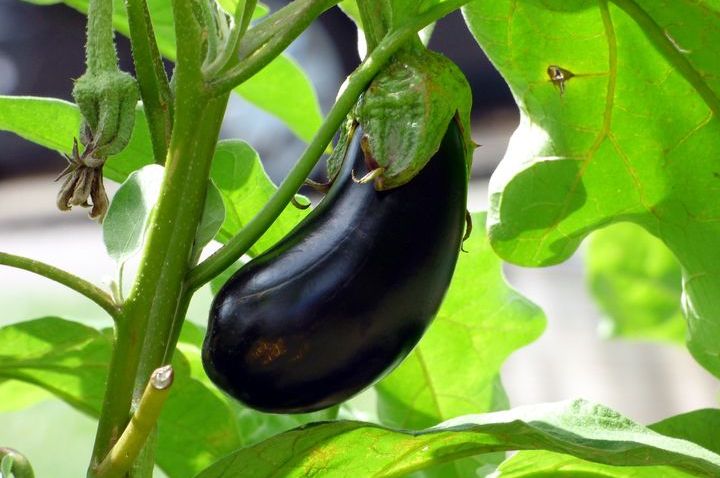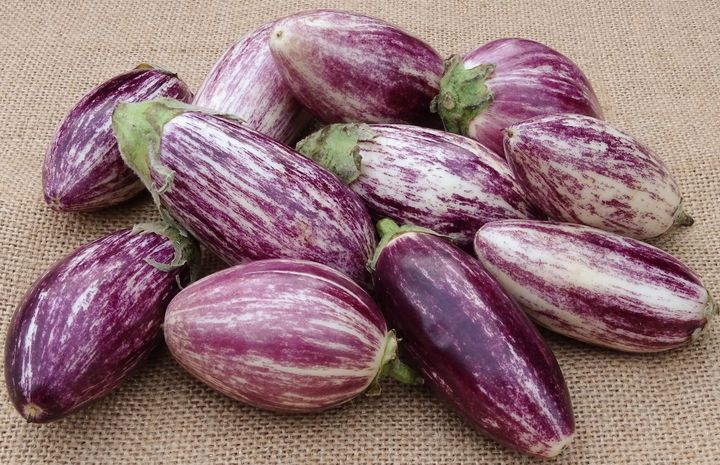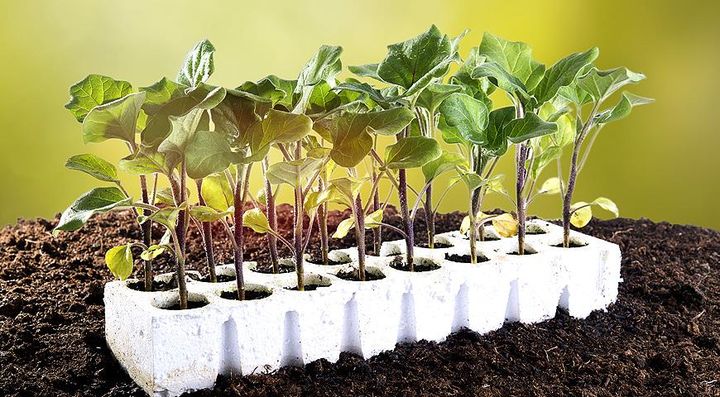Content
All experienced gardeners know that in 2020 it is advisable to plant eggplants for seedlings according to the lunar calendar. This is a rather picky vegetable crop, characterized by a long growth period and poor tolerance to spring frosts. In order to grow high-quality seedlings with excellent taste and high productivity, you need to know certain nuances of cultivation and take them into account when sowing.
The basic rules of growing
A delicious and nutritious vegetable is grown in almost all Russian regions, both in open ground and in greenhouses. Young and immature bushes are especially sensitive to stagnation of water in the soil, drought, and temperature fluctuations. They are germinated first at home or in greenhouse conditions from seeds, and then planted in the garden. This seedling method of growing crops allows you to strengthen the seedlings before transplanting to a permanent place and protect it from diseases and pests. The following points should also be considered:
- the ideal age for transplanting seedlings in the garden is 50-60 days;
- seeds germinate on average 7-10 days;
- early varieties bear fruit in early summer, late varieties in September-October;
- growing conditions - in a greenhouse or in open ground;
- eggplant should not be planted in the ground on the street if the air temperature is less than +16 degrees;
- on the packaging with seeds the vegetation period is usually indicated, on average it lasts 100-150 days.

Given the climatic conditions, gardeners in Siberia and the Urals begin planting eggplant in February, and in early summer transplant seedlings into a greenhouse. In the northern regions, eggplants, like many other vegetables, have time to ripen only in greenhouse conditions. Residents of the Volga region begin to sow seeds at home in early March to transfer bushes to the garden in late spring. In the southern regions of the country, seed germination is best started in mid-February. Young growth will be ready for transplanting to beds in April.
Sowing work according to the lunar calendar
Not only climatic conditions affect the process of plant vegetation. Eggplant planting for seedlings should be carried out in 2020 on the rising moon:
| Month | Auspicious days | Neutral days | Sowing is not desirable |
|---|---|---|---|
| February | 1, 2, 3, 4, 5, 6, 7, 8, 24-29 | 9, 23 | 01.10.2022 |
| March | 1-8, 25-31 | 9, 24 | 01.10.2023 |
| April | 2-7, 24-30 | 1, 8, 23 | 01.09.2022 |
If you follow this lunar calendar for planting eggplants in 2020, you can get sprouts resistant to diseases, temperature surges and pests, which in the season will give a plentiful and high-quality crop.

Preparing and planting seeds
It is advisable to buy eggplant seeds from trusted local suppliers or harvest them yourself. So that they hatch faster, they are wrapped in gauze and placed in a container with hot water (for only 5 minutes), then soaked in a weak solution of potassium permanganate (15 minutes). This is necessary to protect the seeds from soil pests and bacteria. Then they are washed again, but already under water at room temperature.
Some gardeners for 10-15 minutes put the seed in a solution with any growth stimulator. Then the seeds are dried on a towel at room temperature. To harden future seedlings, the seeds are placed in the refrigerator for 5 days at night. To enhance growth after hardening, they are placed in wet rags or gauze. Then it is transferred to the soil poured into a common large container or into small peat glasses.
Eggplants love breathable, nutritious, light soil with neutral acidity. It is purchased in stores for gardeners or prepared independently from turf, peat, humus and wood ash. From the beds where pepper, tomatoes or potatoes used to grow, soil can not be taken. It is advisable to burn the seeds in the oven before planting the seeds, steam them, pour potassium permanganate and fertilize with humus. For normal growth of the root system, containers with a height of at least 7-9 cm are prepared. They are filled 2/3 with earth, and then:
- watered with simple settled water;
- deepen the seeds into holes with a depth of 1-1.5 cm;
- sprinkled with earth;
- keep a distance between seedlings of 2-3 cm;
- compact the soil and water it again;
- cover the container with polyethylene.
Seed boxes are kept away from bright sunlight, cold and drafts. After 10-15 days, the first sprouts appear. They are rearranged on the eastern or western windowsill. In the first days after seedling germination, the film is removed for a short time, only for 30-40 minutes, gradually increasing this time. After a week, the crops can be fully opened.

Bushes of eggplant actively grow at a temperature of + 14-17 degrees. They need a 12-14 hour sunny day, so it is important to place containers with the plant near sources of artificial lighting or, conversely, take seedlings into the shade with an excessively long light period. The first shoots are sprayed with plain water from a spray bottle. After the appearance of real large leaves, the soil begins to moisten under the root. Water for irrigation needs clean, filtered, room temperature. If necessary, pick and top-feed with superphosphate and urea.
Planting seedlings in a greenhouse
Eggplant planting in a greenhouse in 2020 should also be carried out on the rising moon:
| Month | Auspicious days | Neutral days | Sowing is not desirable |
|---|---|---|---|
| May | 1-6, 23-31 | 7, 14, 22 | 01.08.2021 |
| June | 1-4, 23-30 | 5, 13, 21, 28 | 01.06.2020 |
The correct planting of eggplants in seedlings and in the greenhouse in 2020 is the key to obtaining a plentiful harvest, the main thing is to follow the rules of cultivating the plant and choose the days when you can plant to start work. In some regions of Russia, if the soil in the greenhouse is well warmed up, sowing work begins already in April, preferably on the days of the rising moon. If the greenhouse is not heated, and night frosts are observed, it is better to postpone the event until the beginning of June. It should have a temperature of at least 24 ° C-28 ° C. In cold and windy weather, bushes stop growing and simply die. When growing eggplant, the greenhouse is periodically ventilated, avoiding strong drafts.
So that the seedlings quickly take root and take root without any problems, the bed is pre-disinfected with bleach, boiling water or steam. Then it is loosened with a rake and fertilized with humus, sawdust or ash, well watered. Between the rows leave a distance of 30-40 cm, and between the bushes - 30-45 cm.
Eggplant seedlings are carefully pulled out of the containers and transferred to the holes in the garden, then sprinkled with earth. Transshipment of seedlings is carried out without pinching and cutting the roots. Only plants with a dense stem, a developed root system and healthy leaves are selected. Long seedlings are tied to any support, like climbing plants. They are watered under the root, without wetting the leaves and shoots.
The basic rules for growing eggplant: video
Read also:




















